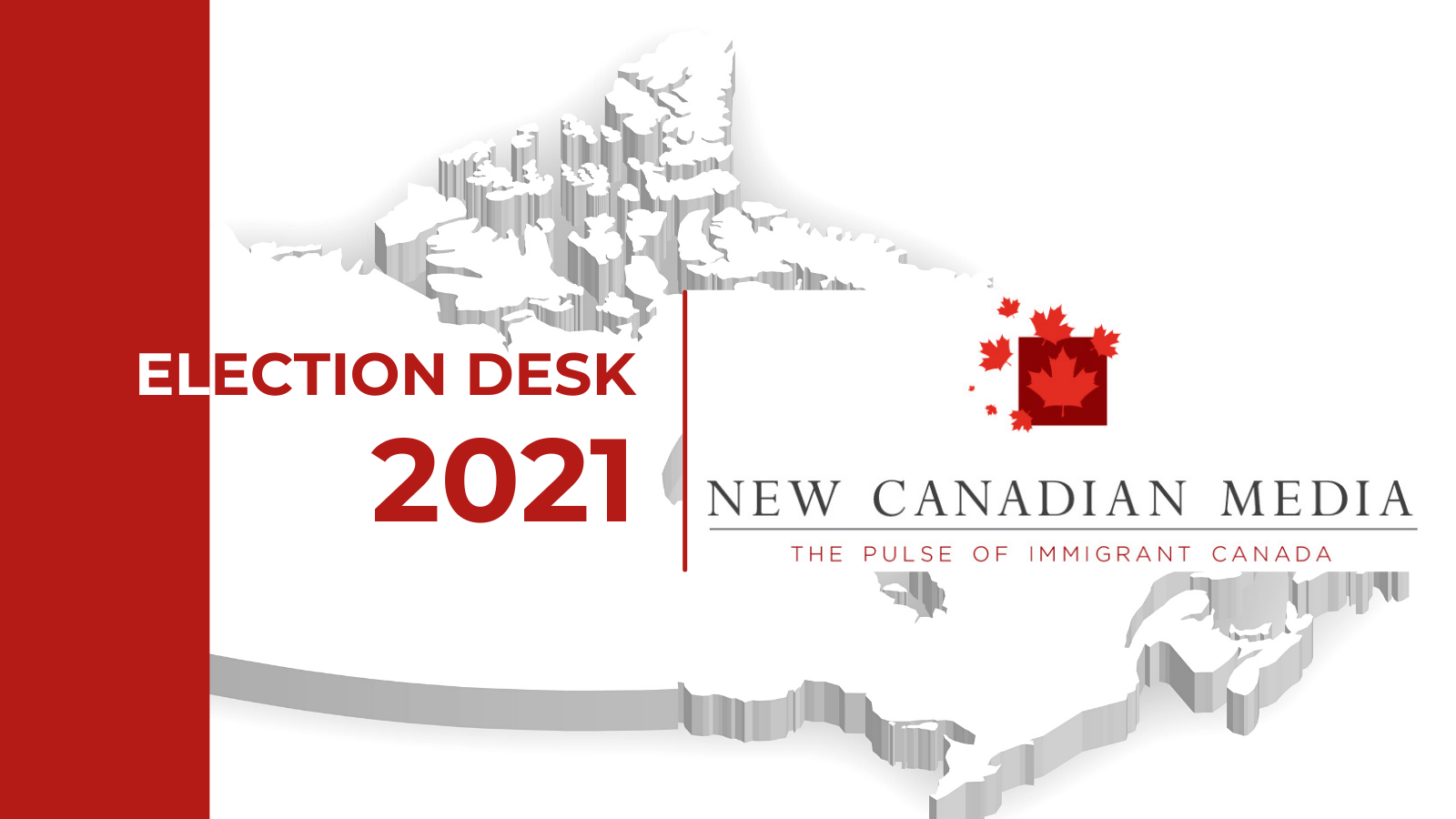Hundreds of ethnic media outlets exist across Canada and advocates say they are crucial in getting minority communities to vote in the upcoming Sept. 20 federal election.
Madeline Ziniak, chair of the Canadian Ethnic Media Association, said that ethnic media — which tend to be produced for a particular ethnic and linguistic community — are a pillar of communication in Canada.
Ethnic media is “even more effective than mainstream or traditional media in encouraging people” to vote because they are more connected and personalized towards their communities, she said.
Ziniak said reporters of ethnic media are able to form a bond of trust with their audience because they communicate in their communities’ “language of comfort” and, unlike mainstream media which reports information to a large swath, they works to convey information that is relevant to a specific community.
A study conducted in the U.S. (2019) showed that neighbourhoods with regular local news coverage have better voter turnout with higher levels of community engagement.
“Reasonably Informed”
Andrew Griffith, a fellow of the Canadian Global Affairs Institute and the Environics Institute, said ethnic media helps make sure communities are reasonably informed to vote, though this doesn’t mean they are “well informed.”
“I wouldn’t say well informed because if you only follow certain media, you’re not well informed. You would have a sense of the issues that are perhaps more relevant to your community … but that’s not unique to ethnic media,” he told New Canadian Media.
In an analysis of the 2015 federal election, Griffith found that ethnic media helped to encourage political participation and understanding of issues and party positions.
For instance, on Oct. 20, 2015, the Romanian ethnic media outlet, Pagini Romanesti, wrote, “There is no stupid vote in a democracy. Think about, if you still choose Canada as your adopted country, how you want the country to look, how you want to leave it for your children.”
The analysis suggests that rather than reinforcing siloes, ethnic media outlets encourage political integration.
Griffith also found that local ethnic media reflect a certain pride in the community, with many visible minority candidate profiles highlighting their ethnic or immigrant backgrounds.
Ziniak said that the importance of ethnic media is only increasing as they reach targeted communities and focus on their information needs.
“Journalists from these communities know the sensitive points … [and] inner workings of the community that they serve,” she said.
Helping Immigrants Integrate
Silke Reichrath is the editor-in-chief of Multilingual International Research and Ethnic Media Services (MIREMS), a firm that tracks and translates stories from more than 800 ethnic media outlets in Canada.
She said ethnic media has long played a part in integrating immigrants into Canada by allowing them access to media in their native language.
“It helps people feel more like they’re Canadians by making the Canadian political system more transparent and understandable and bringing it to them,” she told NCM in an interview.
Ziniak said there are specific barriers that ethnic communities may face which ethnic media can help break through.
“Sometimes, depending on which ethnic group you’re dealing with, they haven’t always been accustomed to a democratic voting process,” she said. “So, (it’s) important to encourage those from various ethnic communities who perhaps did not have the opportunity in their country of origin to exercise that democratic right to vote.”
Seeking Dialogue, Not Votes
In recent elections, politicians have increasingly given their attention to ethnic media to better understand the conversations taking place in their communities.
There are 338 federal ridings in Parliament and 41 of these have populations where visible minorities form the majority, NCM has reported. In fact, according to a 2016 Statistics Canada report, immigrants make up over 20 per cent of Canada’s population.
It is here where politicians are looking to garner the ‘ethnic vote.’
Ziniak said it’s important for politicians to not only take a look at the needs of ethnic communities during election time, but also for it to be consistent.
“(Ethnic media is) not only to call upon when they (politicians) know they can garner votes and be opportunistic. It has to be intrinsically recognized.”
Silke said “candidates and policymakers can improve by inviting ethnic media to their press conferences” but mostly, ethnic media needs more resources and funding.
The 2015 analysis by Griffith suggests that ethnic media largely mirror mainstream media in their coverage of election issues; less in-depth issue coverage.
Silke said this is often because a lot of smaller ethnic media outlets rely on press releases and translating mainstream media articles as they lack resources.
“They don’t have the resources to do a lot of firsthand research and interviews and actually put people in the field.”
— With additional reporting by Lu Xu.

Reedah Hayder
Reedah Hayder is a journalist based in Toronto and a member of the NCM-CAJ Collective, actively reporting and managing social media. She is a second-generation immigrant and covers community, women's health, education and politics. She currently attends the Ryerson school of journalism and writes for The Eyeopener.




